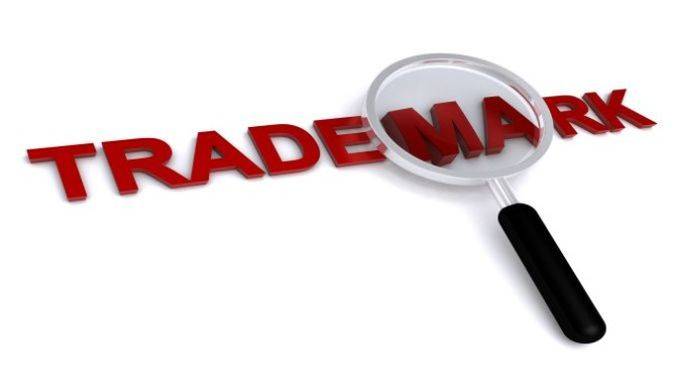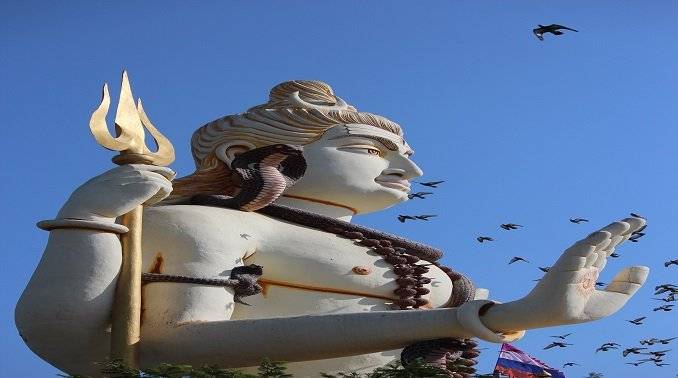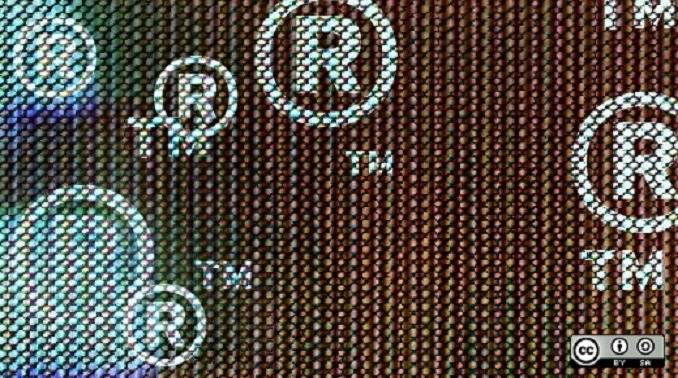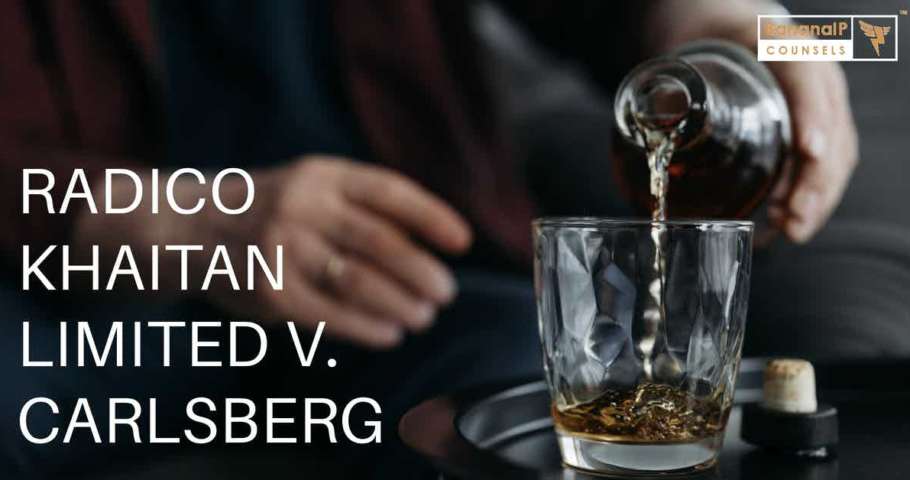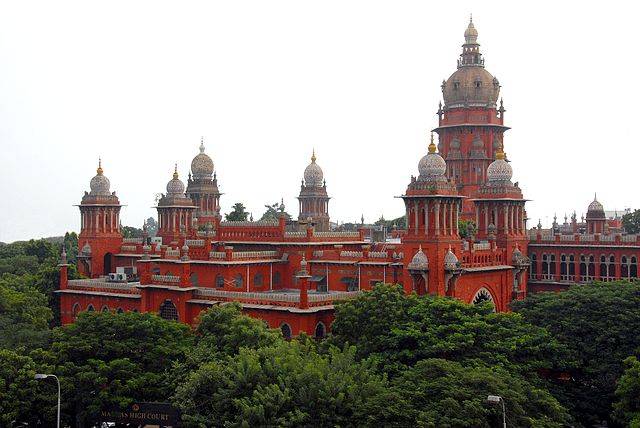These statistics have been compiled from the official journal of the trademark office published weekly on Mondays.
INDIAN TRADEMARK STATISTICS
The Indian Trademark Office has had a mixed week. The total number of applications published in the trademark journal have decreased by forty one percent (41%). However, there has been an increase of forty one percent (41%) in the total applications published in the trademark journal, and also an increase of only ninety percent (90%) in the total applications disposed through…


